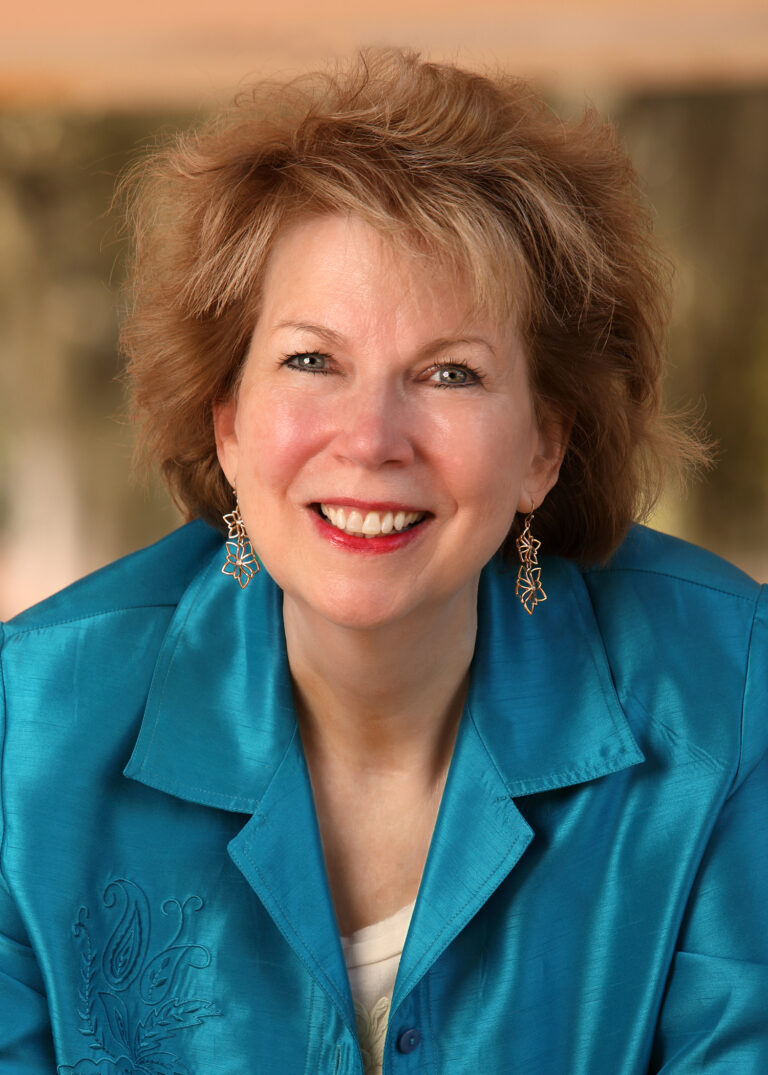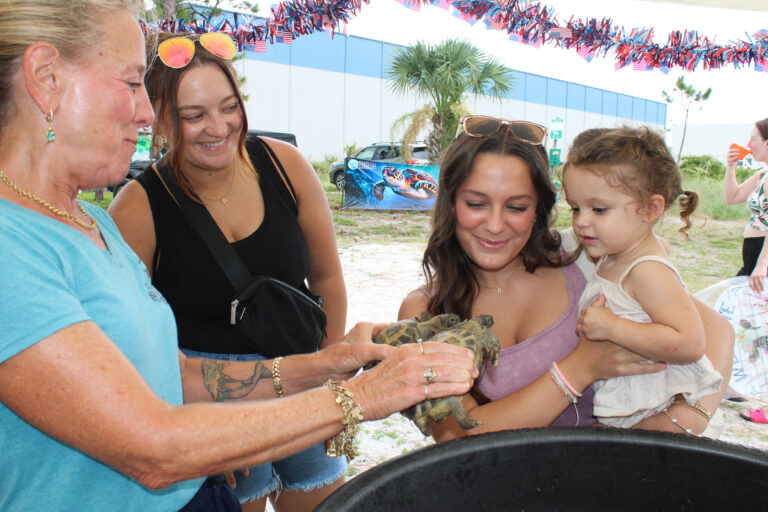Island marina project could face new PUD rules
At last week’s meeting of the Franklin County commission, they didn’t discuss the details of a revised proposal by the developers of the most high-profile project on St. George Island in many years.
Instead, they debated what rules should apply.
The Landing at SGI, LLC, a multi-faceted project first introduced last year, has revised the details of the proposal and plans to have it reviewed by the county’s planning and zoning board next month.
It now calls for a beachfront hotel with a maximum of 150 rooms and resort pool area; a wet slip marina with a maximum of 10 mooring berths; a dry stack marina with a maximum of 200 storage bays; a maximum of 33 “dwelling units,” a maximum of six retail units; a maximum of 12 marina-front single family residential homes; a three-story restaurant adjacent to the marina basin; and an emergency vessel landing for boats and/or ferries.
But those details were not the focus of the hearing.
In a July 15 letter to County Attorney Michael Shuler, attorneys for the Landing, a project of Gen Land Corp, out of Quincy, had objected to any public comments on the project would have to be “duly noticed” since there was a application for a planned unit development (PUD) in the pipeline.
“We hope you will consider the potential impact your comments may have on any future quasi-judicial proceedings involving PUD applications, as well as the due process rights of those applicants, and govern yourself accordingly,” the attorneys wrote.
“My advice to the board is we don’t comment back on public housing,” said Shuler to open the July 16 discussion. “You receive public comment, but we don’t have a discussion.”
There certainly turned out to be few if any comments on the details of the project, but what was discussed was there needed to be drafted a “PUD enabling” ordinance that would lay out specific criteria regarding the rules governing PUD approval.
As it stands now, over the course of the last few years, the commission has approved a number of PUDs on projects throughout the county based on its determination that the placement of a development on a tract of land could vary in its adherence to zoning regulations, such as density and other configuration, provided it was deemed to be essentially within the “spirit of the law,” in that it adhered to the intent of the land development code.
Recently, though, opponents of the project unearthed an apparent problem in that the county had a decade or so ago passed an ordinance that prevented the granting of PUDs.
That termination of PUDs, said County Planner Mark Curenton, stemmed from a previous PUD-enabling rule issued when the county was, for a handful of years, an Area of Critical Concern during which the state reviewed all infrastructure matters closely.
What effect a revised and explicit set of PUD rules would have remains unclear, but what was clear was that opponents wanted one drafted.
“I’m here to support the adoption of a PUD enabling ordinance if you don’t want to stick by your earlier prohibition of PUDs,” said St. George Island resident attorney Barbara Sanders. “It needs to be a good ordinance. It needs to have specifics and if you want to do research and go look at other counties, Tallahassee Leon, I’ll call it theirs very specific.
“These are the things that the developer has to give to your planning office,” she said. “Those are all things the developer should fit in the PUD application up front, so your staff can evaluate it properly, so that members of the public can say, “Oh, that’s a good point” or “Oh, no, no, you’ve violated the comprehensive plan in that request.’
Sanders said she was willing to sit down with Shuler to bounce around ideas. “I think it needs to be collaborative, because while you don’t want to stop a landowner from using their land… you also don’t want to adversely affect all the other people that you have a fiduciary duty to protect. So it’s a tough balance.
“It’s a lot of work to draft these kinds of ordinances. It is not easy. I did it for 40 years for the school board,” she said.
Apalachicola’s John Alber, a retired attorney, said he felt the previous PUD ordinance had several aspects that needed to be retained, such as identifying developments in coastal high hazard areas. “Density is disastrous in coastal high hazard areas,” he said. “County after county and municipality around the state has taken heed of that and severely restricted or prohibited high density developments in coastal high hazard areas.
“It is imperative that the commission enact an ordinance that lays out the approval criteria and the constraints that would apply to any development,” Alber said. “There are many good examples of planned unit development ordinances from around the state and from counties that are in very similar circumstances. We can draw upon those and identify best practices to apply here.
“The county should not try to push through some interim solution to ‘spot zone’ or to do site-specific zoning,” he said. “There’s no rush. There’s time because there is no high density planned unit development possible in coastal high hazard areas under our comprehensive plan. No mix of commercial, residential mixed use.”
“At most, through any combination of residential and commercial, you get 4.3 units per acre. So there’s no rush to develop a planned unit development ordinance for any pending proposal,” he said.
Susan Anderson, the new executive director of the Apalachicola Riverkeeper, said the county faces a Catch-22 situation. “Protection and preservation and restoration of the resources that we all love and depend on can be in danger and jeopardized by the attractiveness of these resources,” she said. “And we’re growing. We’re growing quickly. We are growing intensely. And while we still see ourselves as a small community, the broader world does see us as a destination. The impacts that we see from the actions we take on the environment, we will have to live with forever. Our children will have to live with.”
St. George Island resident Dottye Thornburg weighed in as well, citing the recent July 4 bottleneck, worsened by an accident on the bridge, as a factor in any future determinations for developments.
“The project is uncomfortable for our area. It denigrates the quality of life of people that live on the island,” she said. “There is a dangerous and critical spot that the Landing is on. That is our only way in and only way off. That is our evacuation route, the only one when that bridge was shut down and the emergency vehicles were not able to get to the person. What if it had been a multi car pileup? What if it had been during people rushing during the hurricane?”
After getting clarification from Shuler as to what was on the table, the commissioners decided to move forward on three fronts.
Because County Planner Mark Curenton is retiring at the end of the month, his services will be handled on a short-term consulting contract with planner Allara Mills Gutcher, out of Panama City. She plans to hammer out the details of a proposed county-wide PUD enabling ordinance, which will then be presented at an as-yet-unscheduled workshop. She also will work out possible details of revisions to the zoning governing St. George Island.
At the August 6 county commission meeting, County Coordinator Michael Moron plans to present a proposed contract for planning services by Justin Stiell, from the Apalachee Regional Planning Council.





Meet the Editor
David Adlerstein, The Apalachicola Times’ digital editor, started with the news outlet in January 2002 as a reporter.
Prior to then, David Adlerstein began as a newspaperman with a small Boston weekly, after graduating magna cum laude from Brandeis University in Waltham, Massachusetts. He later edited the weekly Bellville Times, and as business reporter for the daily Marion Star, both not far from his hometown of Columbus, Ohio.
In 1995, he moved to South Florida, and worked as a business reporter and editor of Medical Business newspaper. In Jan. 2002, he began with the Apalachicola Times, first as reporter and later as editor, and in Oct. 2020, also began editing the Port St. Joe Star.